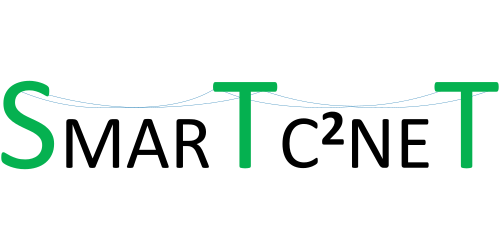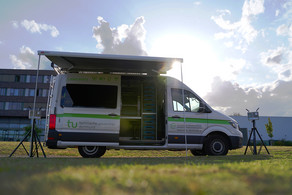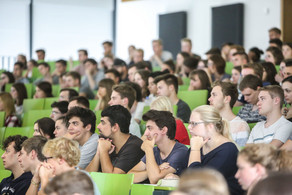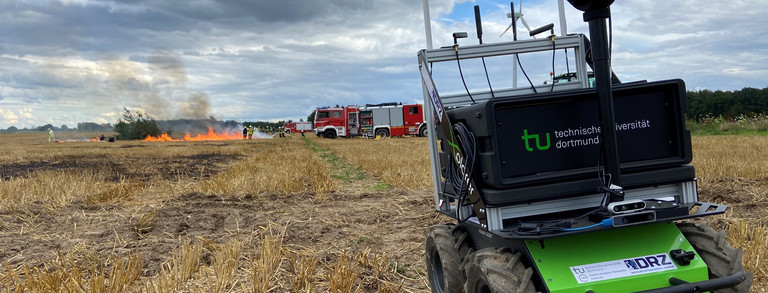SmartC2Net
Stability and cost-efficient operation of Power distribution grids are the main targets of novel information-rich demand, voltage, and generation control, while at the same time aiming to reduce costs for the grid infrastructure. However, adding intelligence to the power grid requires communication and computation infrastructure with consequent requirements for additional investments. To be cost efficient, it is, therefore, essential to enable intelligent power grid operation leveraging existing communication infrastructures. Goal of the SmartC2Net project is to develop, implement, and validate robust solutions that enable smart grid operation on top of heterogeneous off-the-shelf communication infrastructures with varying properties. The resulting innovative middleware functions are: (1) adaptive network and grid monitoring, (2) strategies to control communication network configurations and QoS settings, and (3) extended information models and adaptive information management procedures.
Project duration: 01.12.2012 bis 30.11.2015

Further information:





